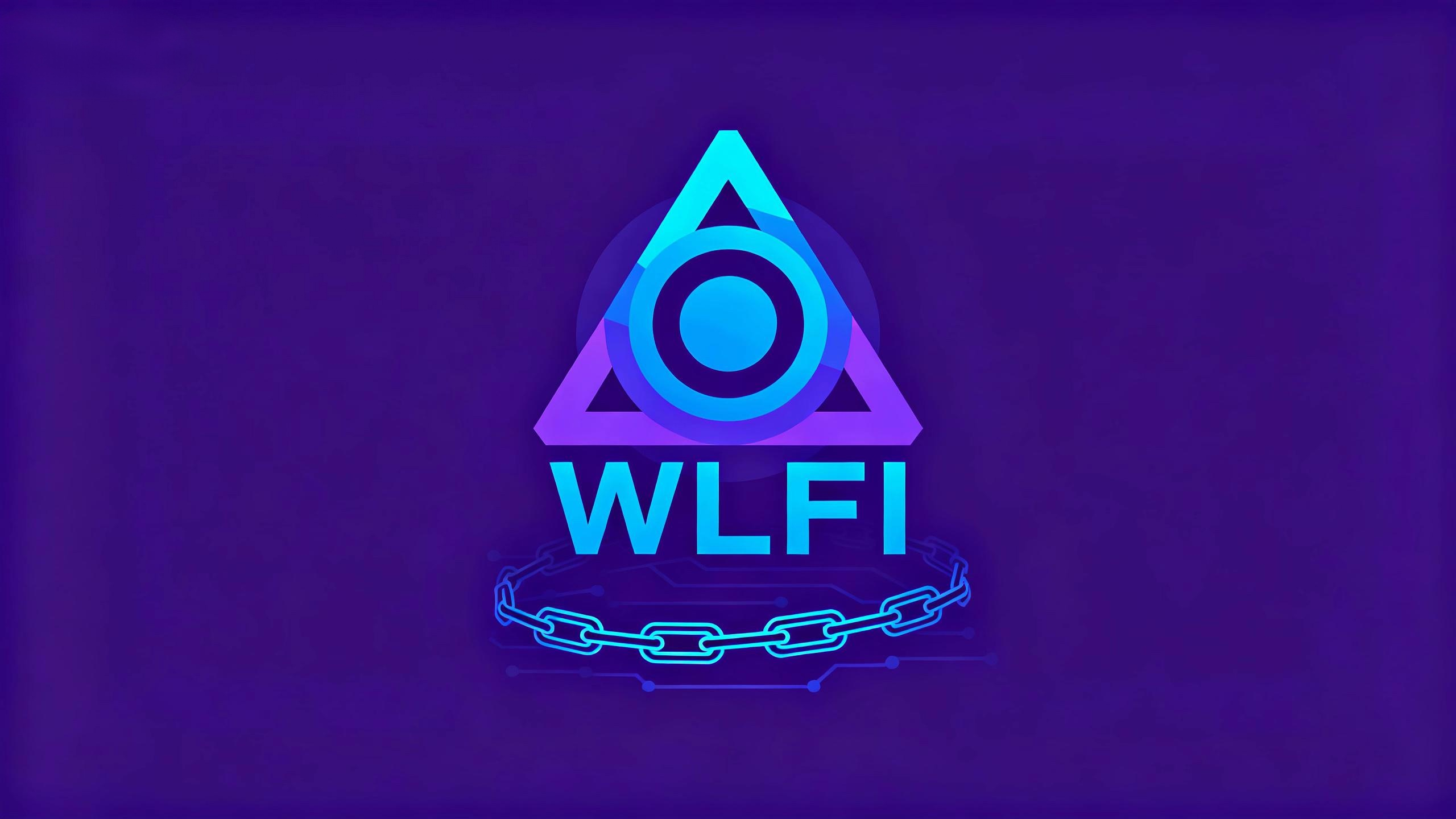
"In the crypto world, every price fluctuation is the result of countless factors working together; any single attribution may deviate from the truth." This was once an industry consensus, but it was broken during the recent volatility of the WLFI token.
After the listing of World Liberty Financial's WLFI token, its price experienced significant fluctuations, and market舆论 quickly pointed fingers at Justin Sun, founder of TRON. However, the latest on-chain data analysis and authoritative opinions show that this attribution is overly simplistic.
Timestamp: Transfers Occurred After the Plunge
On September 6th, Alex Svanevik, CEO of on-chain analytics platform Nansen, used an AI Research Agent to meticulously examine the WLFI transaction timestamps and found that Justin Sun did not engage in dumping. This discovery overturned the initial hypothesis. The AI Research Agent initially suggested that Justin Sun might be selling WLFI, but a deeper analysis of the timestamp evidence led to a different conclusion.
Svanevik further pointed out that the relevant transfers actually occurred after the significant drop in WLFI's price, and therefore could not be the main cause of the decline. Judging by the proportion of that day's total network trading volume, the scale of these transfers might also be insufficient to substantially impact the market price trend.
WLFI's token economic model design dictates that its market performance would inevitably face early unlocking pressure. Token distribution is highly concentrated, with approximately 83% of the tokens controlled by entities related to the Trump family and early large holders. This concentration means that market liquidity is relatively limited in the project's early stages, and the unlocking of a large number of tokens could exert significant pressure on the price.
Even during the price decline, data from blockchain analytics platform Bubblemaps shows that among the over 85,000 presale participants, 60% still hold the tokens, and only 29% have sold completely. This indicates that most investors remain confident. Some early investors choosing to take profits is normal behavior in the crypto market, especially for projects that have gained significant attention and seen substantial prior gains.
The blacklisting measures taken by the World Liberty Financial team against Justin Sun's wallet sparked profound discussions about the nature of decentralized finance. The project's unilateral freezing of user assets goes against the fundamental values of blockchain. The private ownership of token assets is the most basic value of blockchain and should be "sacred and inviolable."
This centralized response reflects a fundamental contradiction present in many crypto projects today: although they ostensibly advocate for decentralization, they still retain the ability for centralized control. Justin Sun himself emphasized this issue of principle in his response: "A great financial brand should be built on fairness, transparency, and trust, not on freezing investors' assets."
Market Misinterpretation and Media Bias
Following WLFI's price volatility, some media reports showed obvious selectivity and bias. Many reports neglected basic verification duties and directly cited unverified external reports. Blockchain data shows that during the so-called "selling" period, Justin Sun was actually conducting small deposit tests, not large-scale selling. These test transactions were misinterpreted as selling activities, which in turn triggered market panic.
All addresses involved in online rumors (which were once marked by Arkham with low confidence and have now been corrected) are actually HTX exchange hot wallets, unrelated to Justin Sun personally. The relevant transfers were routine operations by market makers—borrowing tokens from HTX and reallocating them to Binance to balance liquidity across exchanges.
The listing of WLFI coincided with a significant adjustment in the entire cryptocurrency market. Major cryptocurrencies like Bitcoin and Ethereum experienced declines to varying degrees, and market sentiment was generally cautious. In such an environment, it is normal for newly listed tokens to face greater pressure.
As the WLFI ecosystem gradually develops, the market will return to rationality and recognize that WLFI's true value lies not in short-term price fluctuations but in the long-term financial ecosystem it is building. As more application scenarios are implemented and the ecosystem matures, this event will become a footnote in the growth process of the WLFI project, reminding people of the complexity of the cryptocurrency market and the characteristic interplay of multiple factors.
















